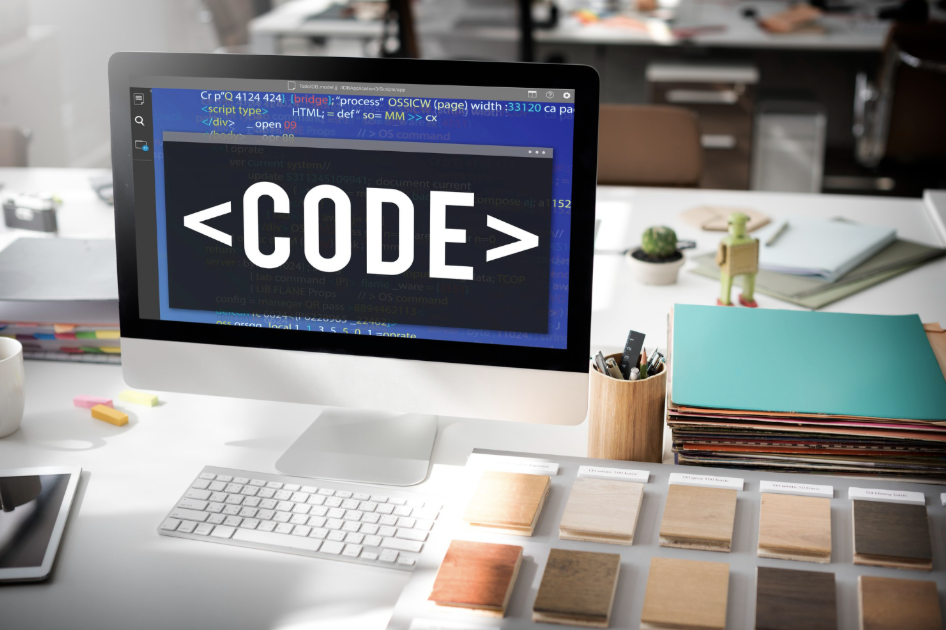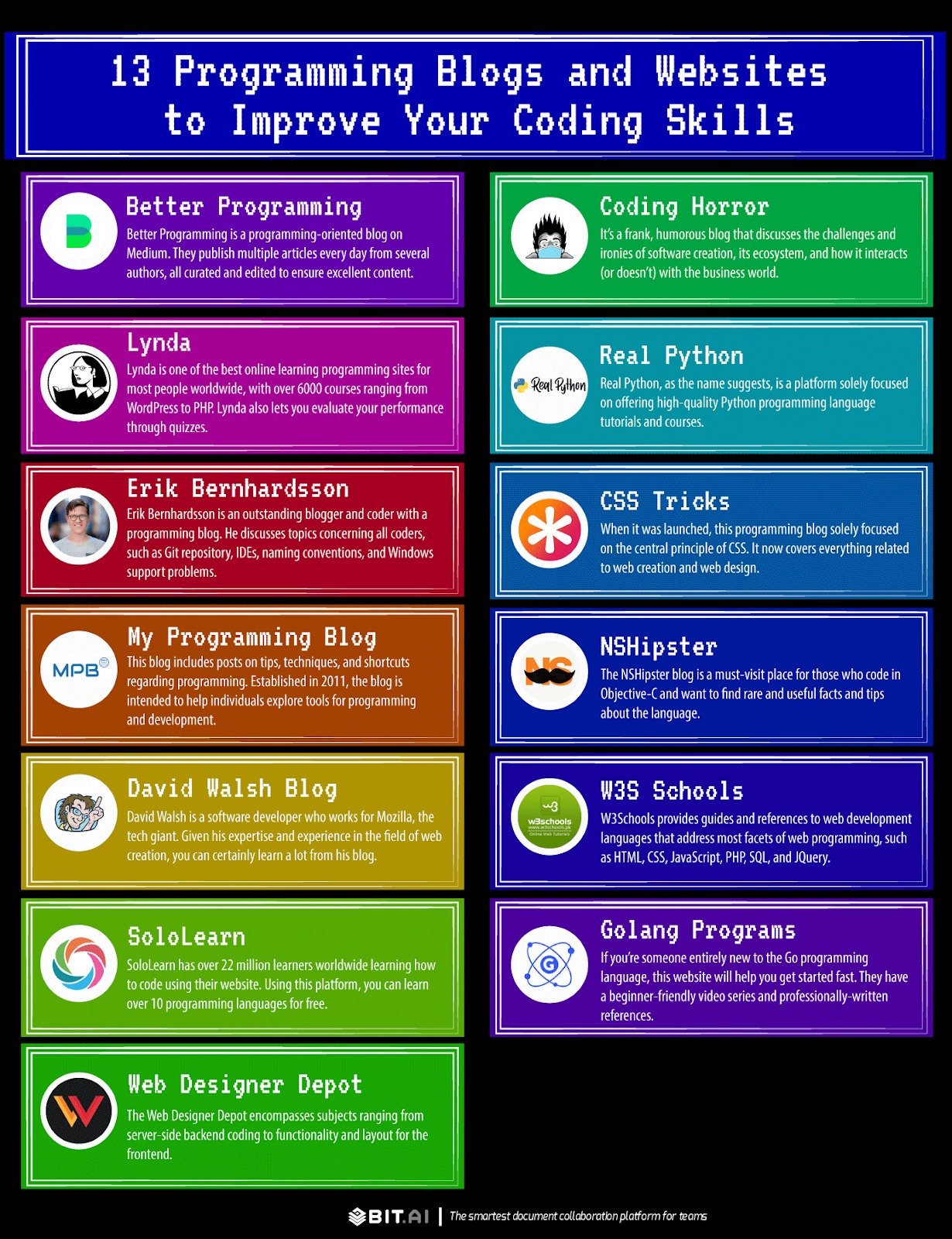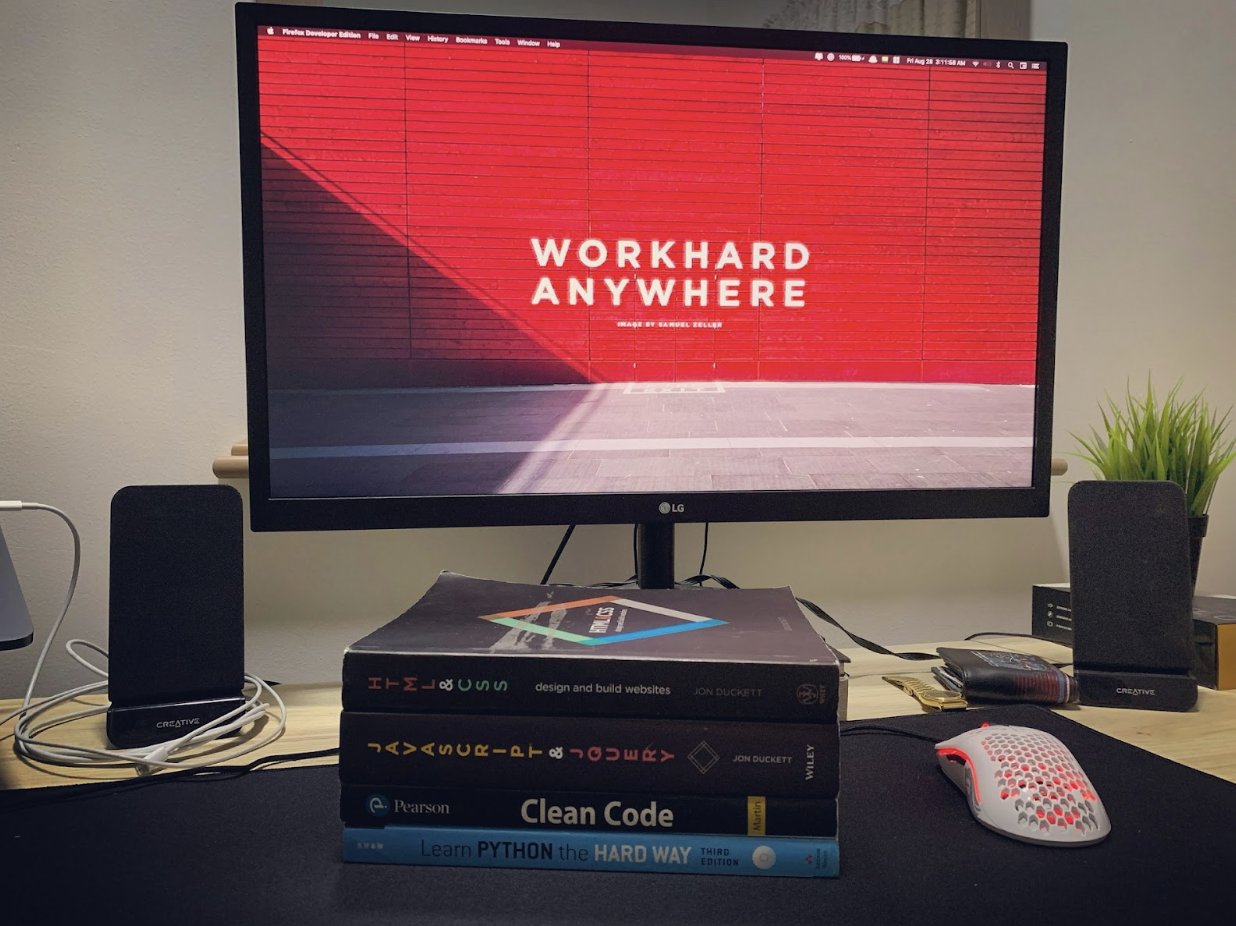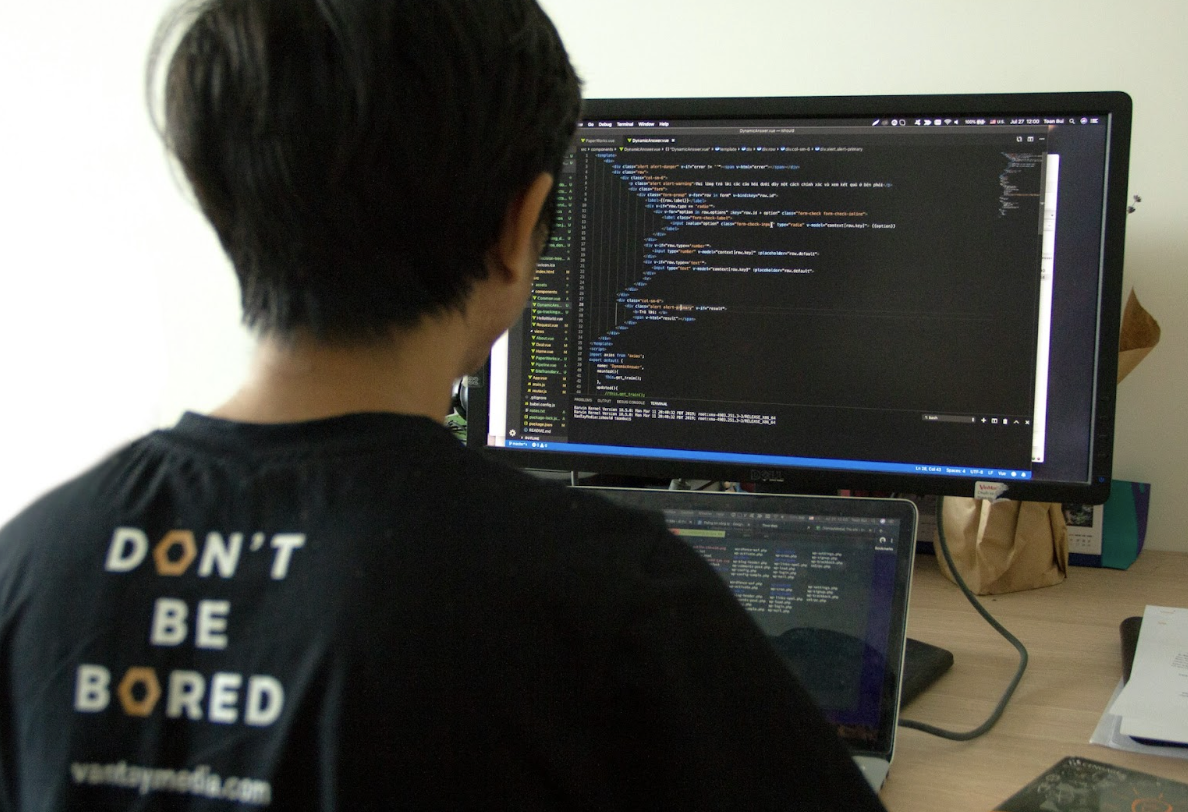 News
News
Clean coding is something that all developers and business owners should be aware of. With its numerous benefits, that we will discuss further in this blog post, more and more companies are preferring clean coding practices for their departments. Let's learn more about this in today's blog post!
Some Out Of The Box Benefits of Clean Coding - Top Clean Coding Team Uses
Enhanced Code Readability and Cognitive Load Reduction
Clean coding principles, such as meaningful variable names and well-structured functions, make it easier for developers to understand the logic of a program. This reduces cognitive load, allowing programmers to focus on problem-solving rather than deciphering cryptic code. In the long run, a well-structured codebase minimizes mental fatigue and enhances efficiency in software development teams.
Lower Technical Debt and Future-Proofing
Messy code often leads to technical debt, where shortcuts and poorly structured code require frequent fixes and rewrites. Clean coding practices prevent this by ensuring that the code is easy to maintain and extend. By following principles like DRY (Don’t Repeat Yourself) and SOLID, developers future-proof their projects, reducing the risk of costly refactoring later.
Optimized Performance Without Sacrificing Maintainability
Clean code implementation optimizes performance. Efficient algorithms, proper memory management, and modular design improve execution speed while keeping the code maintainable. Unlike brute-force optimizations that make code unreadable, clean coding ensures that performance improvements are integrated seamlessly without introducing unnecessary complexity.
Simplified Debugging and Faster Issue Resolution
Debugging is one of the most time-consuming tasks in programming. Clean code minimizes unnecessary dependencies and ambiguity, making it easier to track down bugs. Instead of wading through convoluted functions and ambiguous variable names, developers can quickly identify issues and implement fixes. This not only speeds up development cycles but also enhances code reliability.
Stronger Collaboration and Knowledge Sharing
Large-scale projects often involve multiple developers working on different sections of a codebase. Clean coding ensures that each contributor can easily understand and build upon others’ work. Consistent coding standards reduce miscommunication and make it easier for new team members to get up to speed. This is especially beneficial in open-source projects, where diverse contributors must work on the same codebase.
Easier Scalability and Modular Expansion
As software grows, maintaining a scalable architecture becomes crucial. Clean coding practices encourage modular design, where components can be independently updated or replaced. This ensures that new features can be added without breaking existing functionality. By following principles like separation of concerns, developers can create flexible codebases that adapt to future needs.
Better Security Through Code Transparency
Clean code implementation directly impacts security. Clear, well-structured code minimizes hidden vulnerabilities that arise from convoluted logic or unnecessary complexity. When security audits are conducted, clean code makes it easier to identify potential risks, ensuring that security patches can be implemented without introducing new vulnerabilities.
Higher Code Reusability and Reduced Redundancy
Well-written code follows the principle of reusability, reducing redundant logic across the codebase. Instead of duplicating code, developers can create reusable functions, modules, or libraries. This not only saves time but also ensures consistency, as a single optimized function can be used multiple times instead of rewriting similar logic in different parts of the program.
Improved Testability and Reliable Automation
Clean coding supports better testing practices. Modular, well-structured code is easier to test using unit tests, integration tests, and automated testing frameworks. When functions are small, focused, and independent, test coverage improves, leading to more reliable software. Clean code also reduces the chances of unexpected side effects, making automated testing more effective.
Long-Term Cost Savings and Sustainable Development
Investing time in writing clean code reduces long-term maintenance costs. Projects with messy code often require excessive debugging, rewriting, and documentation updates. Clean code, on the other hand, minimizes these hidden costs, ensuring that development remains efficient and cost-effective over time. This is especially crucial for startups and enterprises managing large, evolving software projects.
The Best Clean Coding Team Strategies for Promoting Clean Coding in Your Dev Team
We discussed above the benefits of clean coding and why one should implement the concept of clean coding into their software development departments. Now our experts have researched and compiled the following list of key strategies that work best for when you wish to promote clean coding into your dev team.
Reverse Code Reviews (Junior to Senior):
Instead of only having senior developers review junior developers' code, try flipping the process. Let junior developers analyze and critique the code of senior team members. This forces experienced developers to slow down and explain their decisions, making them more mindful of clean coding practices. At the same time, junior developers gain a better understanding of what good (or bad) code looks like in a real-world setting. Since fresh eyes often spot overlooked issues, this approach also brings in new perspectives that can improve the overall quality of the codebase.
Codebase Gamification:
Most developers enjoy a little challenge, so why not turn clean coding into a game? Introduce a reward system where developers earn points for improving code quality. Use tools that track metrics like reduced cyclomatic complexity, better function readability, or successful refactoring. You can create leaderboards, offer virtual badges, or even provide small rewards like coffee vouchers for those who consistently maintain clean coding standards. A little competition can make code quality improvements feel like a fun and engaging challenge rather than just another technical requirement.
Break the “Hero Coder” Mentality:
In many dev teams, there’s an unspoken admiration for those who write ultra-complex, highly technical code that only they can understand. This “hero coder” mindset might make someone look impressive in the short term, but it’s a disaster for team collaboration and long-term maintainability. Instead of praising developers for writing clever but unreadable code, celebrate those who write code that is simple, clear, and easy for others to build upon. When clean code is valued more than complexity, the entire team benefits from a more maintainable and scalable codebase.
Pair Programming Rotation With Non-Experts:
Many teams use pair programming, but often, senior developers get paired together while junior developers are left to figure things out on their own. A more effective strategy is to mix team members with different levels of experience. When a senior developer works with someone less experienced, they have to slow down, explain their choices, and make their code more readable. This natural teaching process reinforces clean coding habits while also helping junior developers pick up best practices more quickly. Over time, this creates a culture where writing clean, understandable code becomes second nature for everyone.
"Last Developer Standing" Challenge:
One of the best ways to test code readability is to make someone else modify or extend it. A fun way to do this is by organizing a "Last Developer Standing" challenge, where each participant writes a small function, and after a week, another developer has to modify it without asking for any explanations. If the function is too difficult to understand or too messy to edit, the original developer loses points. This kind of challenge forces developers to prioritize clarity and maintainability, making them think about how their code will be read and used by others.
Anonymous Code Reviews:
Bias often plays a role in code reviews, whether people realize it or not. If a senior developer submits a messy piece of code, junior team members might hesitate to critique it. On the flip side, some developers might be overly critical of a junior coder’s work. To avoid these biases, try conducting code reviews where the author's name is hidden. This ensures that the feedback is based purely on code quality rather than personal perceptions. Developers become more honest in their reviews, and those receiving feedback focus on improving their code rather than feeling personally judged.
Self-Refactoring Exercises:
Developers often write code, move on, and never look back—until a bug pops up. A great habit to build is to regularly revisit old code and refactor it as if someone else had written it. Once a month, ask developers to go back to a piece of their past work and clean it up without any prior context. This exercise forces them to confront their old coding habits, recognize patterns of inefficiency, and improve their skills. Over time, this builds an instinct for writing cleaner code from the start, reducing the need for major overhauls later.
Mandatory “Code Reading” Sessions:
Many developers spend most of their time writing code, but they rarely practice reading it. This is a problem because clean coding is just as much about readability as it is about functionality. One way to change this is to set up regular "code reading" sessions where developers analyze and discuss well-structured code from open-source projects. By studying how professional, well-maintained projects are structured, developers start to internalize best practices and apply them in their own work.
Bug Fixing Without Context:
One of the biggest indicators of messy code is how difficult it is to debug. A great exercise to expose bad coding practices is to have developers debug a function they’ve never seen before, without any context or explanation. If they struggle to figure out what the function does, it's a sign that the original code wasn’t written cleanly. This kind of challenge makes developers more aware of how confusing code can become when it lacks clear variable names, logical structure, or proper documentation. Over time, they’ll start writing code that is naturally easier to debug.
"One-Liner Refactor" Rule:
A simple yet powerful rule for writing cleaner code is the "One-Liner Refactor" rule. The idea is that every function should be describable in a single, clear sentence. If a function is too complex to summarize in one sentence, it's a sign that it needs to be broken down into smaller, more manageable parts. This forces developers to think about modularity and separation of concerns, leading to cleaner, more maintainable code overall.
Blue Coding - Hire Development Gurus With Blue Coding
Enterprises and startup owners may often find the need to outsource their software development requirements. This can be due to making changes in the firm, wanting to implement advancements in technology into their business, or any other reason. 66 percent of businesses in the United States have outsourced at least one department. This statistics highlights the rise in the concept of outsourcing. If you're a business looking to do the same, contact us and let's discuss (on a free strategy call) how we can help you with your development requirements!




